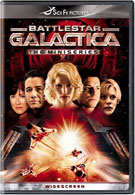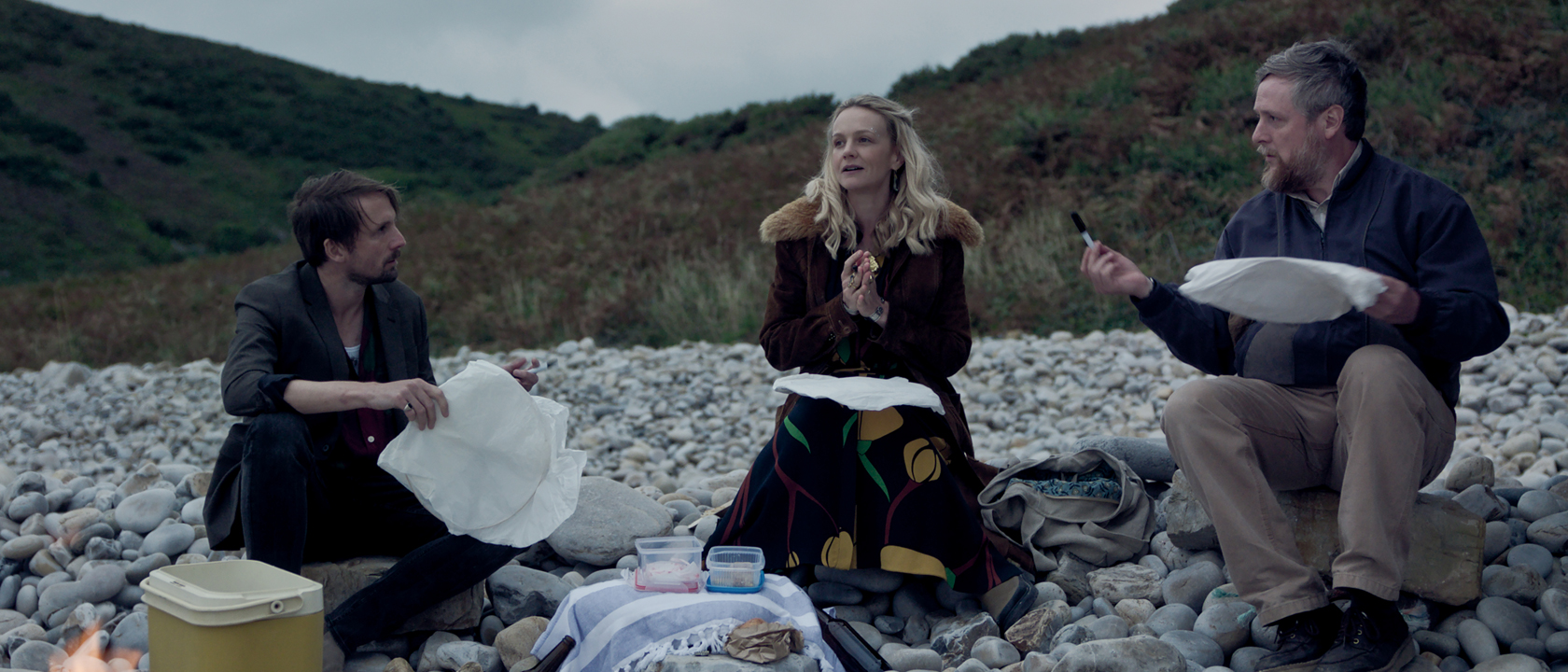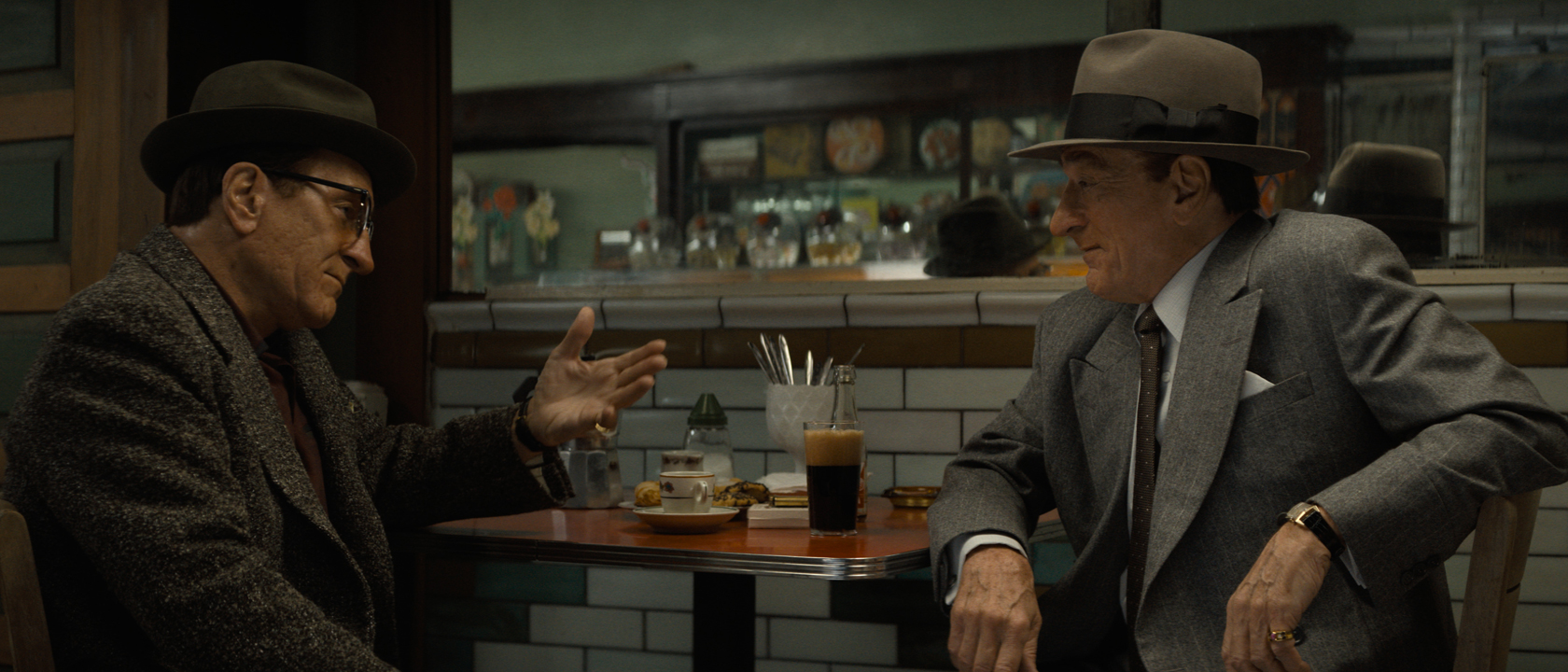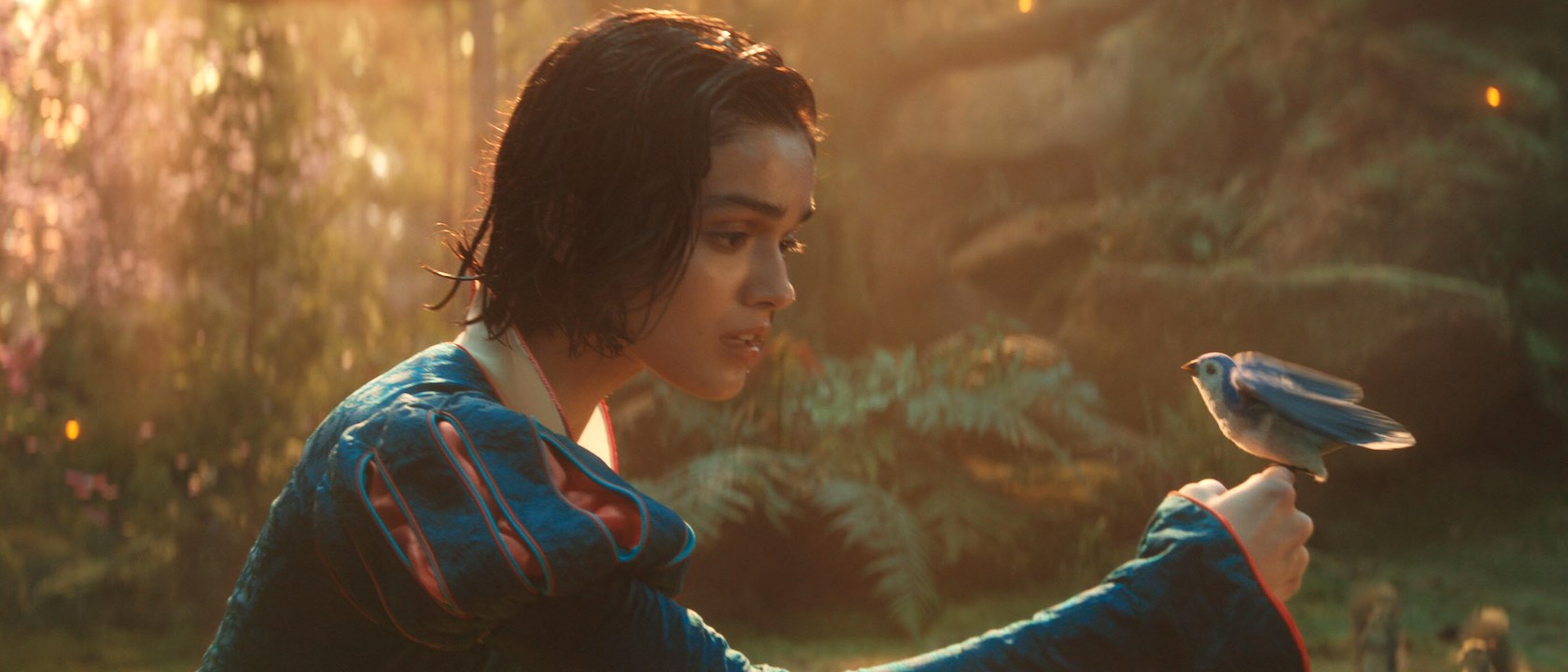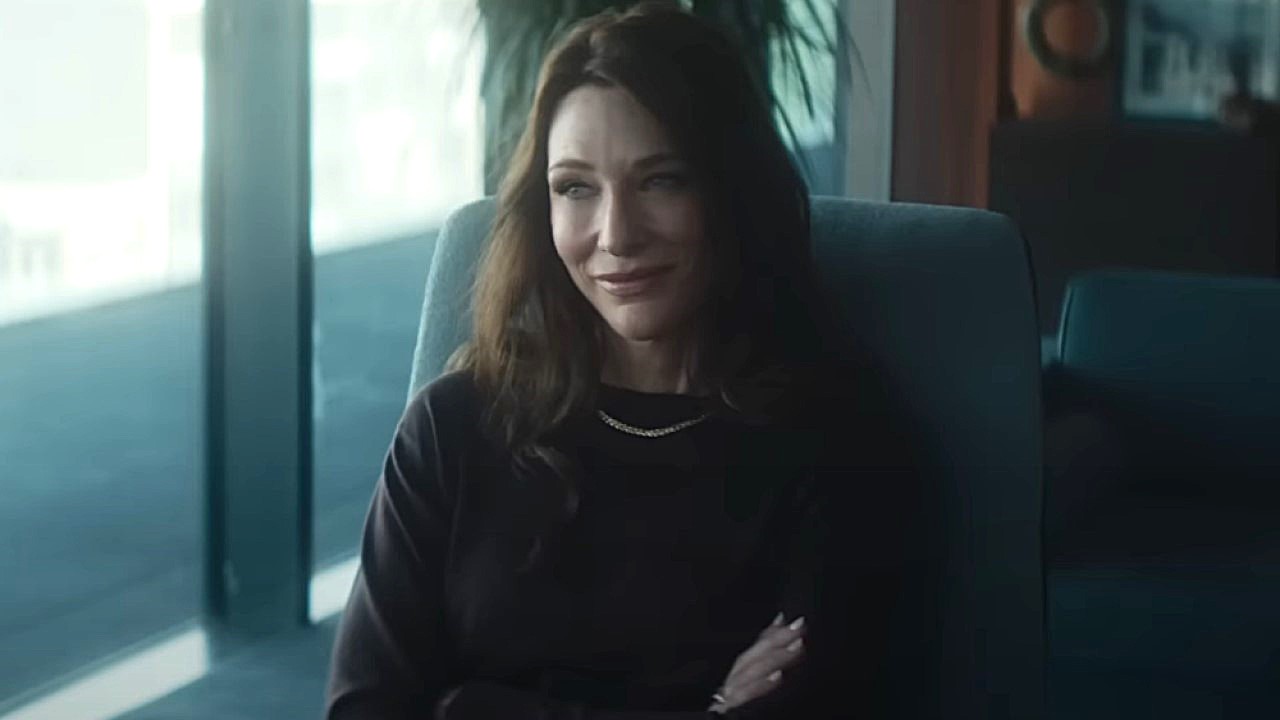Richard Hatch tried for years to resurrect the science fiction series “Battlestar Galactica” which he had starred in for its one year of existence. When it was announced that the Science-Fiction channel would be bringing “Battlestar” back fans were skeptical. Hatch had been proposing a new series that would take place later in life from the classic series, where the Sci-Fi version was going to be a redo - reimagining the series from its humble beginnings, with characters changing race and gender. The result is surprisingly good, with a strong character driven story that leaves you wanting more. The first major alteration this new adaptation of “Battlestar” makes is the origin of the Cylons, the major antagonist from the original series. Originally the Cylons were an unknown entity, but here “Battlestar” takes a page from The Matrix and places the Cylons as a human creation that eventually turned against their creators. A major war broke out between the humans and Cylons, which eventually led to an armistice. Since then, forty years have passed and the Cylons have been unseen, avoiding attempts from the humans at diplomacy. So rather than the time of war that started the original “Battlestar Galactica”, this story begins in a time of peace.
For reasons unknown, the Cylons suddenly reappear, destroying the twelve colonies of mankind, and leaving the best ship in the human’s fleet as the Battlestar Galactica, a ship that only hours before the Cylon attack was being decommissioned. Instead of being transformed into a museum, the decades old ship under the charge of about-to-retire Commander William Adama (Edward James Olmos) now must lead a ragtag fleet of human vessels to survival.
The number one strength “Battlestar Galactica” has is that it is completely and totally driven by strong characters in an extremely emotional storyline. As the three hour miniseries unfolds, at times it truly feels like you are watching the decimation of the human race. Characters often speak with weepy eyes, or the emotional exhaustion that would come from someone in their situation. It’s a big strength for a miniseries that could have simply been a way to show off special effects. Ronald D. Moore and Christopher Eric James deserve much credit for writing a very human story, and all of the cast, including seasoned veterans Olmos and Mary McDonnell deserve high praise for making the story work.
That said, there really is no reason for this to be a rehash of “Battlestar Galactica”. The focus of this miniseries seems to be Commander Adama more than Starbuck (Katee Sackhoff) or Apollo (Jamie Bamber) who were more the stars of the original series. Starbuck and Boomer are now females, neither of which are black, and the character names are nicknames, or flight names, as opposed to being the real names of the characters in the old ‘70s series. The Cylons are now human in appearance, having abandoned their old “toaster” appearance in preference of blending in with their enemy and destroying from within. The concept of the human race being all but destroyed has carried over to other television series, such as “Space: Above and Beyond” without resorting to ripping off an older series. Surely this miniseries could have been totally original rather than completely altering relationships and characters from the classic “Battlestar”.
A solid part of the story is that nothing is left to convenience here. The Cylons have declared war on the humans, but that doesn’t instantly make the humans drop differences and unite for a common good. In fact, in some instances it heightens tensions between people. For instance, Commander Adama reluctantly takes control of the fleet but then moves forward with a military strategy, whereas McDonnell’s Laura Roslin is a former Secretary of Education who finds herself President of the Colonies. Roslin has a much more humane approach than Adama’s military training, which teaches him that soldiers can be expendable. The conflict between the two mentalities is just as fascinating as any of the battles between the Cylons and humans, especially with two fantastic actors playing the people butting heads.
“Battlestar Galactica” attempts to make its story very realistic by using characters that are strongly written and acted, and special effects that try to keep actual physics in mind. This is sometimes negated by the camera, which changes between traditional camera work and a more verite style at times, but the end result is executed fantastically. While there’s no reason for this to be a reimagineering of the ‘70s series, this version of “Battlestar” is stronger than the original ever was and leaves you wanting more... a desire that will soon be filled as the Science Fiction channel follows up this miniseries with a regular “Battlestar” series. As a television miniseries, “Battlestar Galactica” gets more extras than you would expect, with deleted scenes, a commentary track and a behind-the-scenes special. The commentary features Writer/Producer Ronald D. Moore, Producer David Eick, and Director Michael Rymer and is great to listen to. Moore in particular is interesting as he points out the differences in his approach to “Battlestar” and how those differences were fueled by his desire to do something different than “Star Trek” (which he produced for several years). The behind-the-scenes look is more of an extended commercial, although you can’t help but laugh at the meeting of Dirk Benedict (the original Starbuck) and Katee Sackhoff (the new Starbuck) at... (where else?) Starbucks! The two share a cup of coffee and discuss the differences and similarities in their two characters. Both extras are excellent, especially given how poor a treatment television miniseries usually get.
However, all the extras in the world don’t mean a thing if the reason for the disc isn’t given a decent treatment, and “Battlestar Galactica” is not treated well. Around the forty-five minute mark, the picture begins to suffer artifacting and graininess with every other camera shot. It’s a very strange phenomenon I’ve seen on other DVDs as well: the picture will be crystal clear, and then the film cuts to a different camera. The image from that camera is grainy and extremely ugly. The film cuts to the first camera and everything is fine, but it’s grainy again when the second camera comes back up. Repeat ad naseum.
Frankly, for a miniseries that ran on television a year before its DVD release, this is totally unacceptable. If movies like Star Wars or Gone with the Wind can be cleaned up and presented with a perfectly clear image, something filmed more recently should look just as good. Instead, “Battlestar Galactica” gets the shaft, as do the fans who purchase the DVD. The grainy camera shot is dominant in some of the scenes, making what should be a compelling, emotional story a frustrating thing to watch.
I highly recommend this new adaptation of “Battlestar”, but I suggest going through other means than this DVD release in order to catch it. Set your TiVos, or borrow a copy from a friend who thought to record the first run of the miniseries, but don’t give your money up for this picture quality. Fans and the legacy of “Battlestar” deserve better.
Wait, Is Cate Blanchett Planning To Retire From Acting? Here’s What The Actress Says
If You Like Drop, There's Another Real Time Thriller You Need To Watch Immediately
'You Feel Like You’re On The Team With Michael Jordan.': The Handmaid's Tale Cast Shares What It's Like Working With Elisabeth Moss As She Directs, Stars, And Produces
